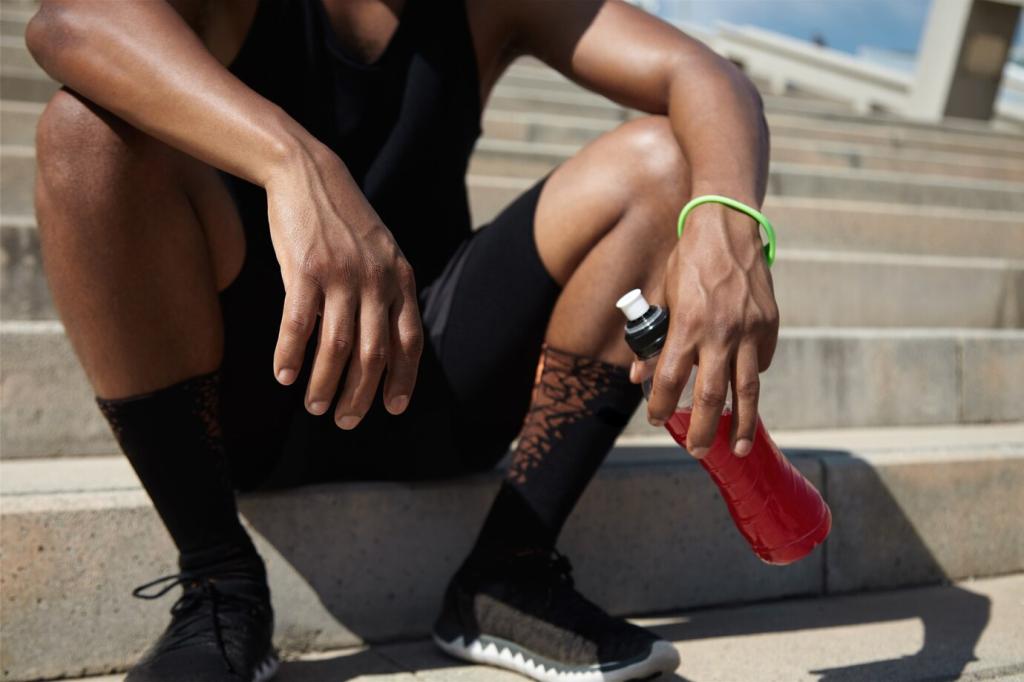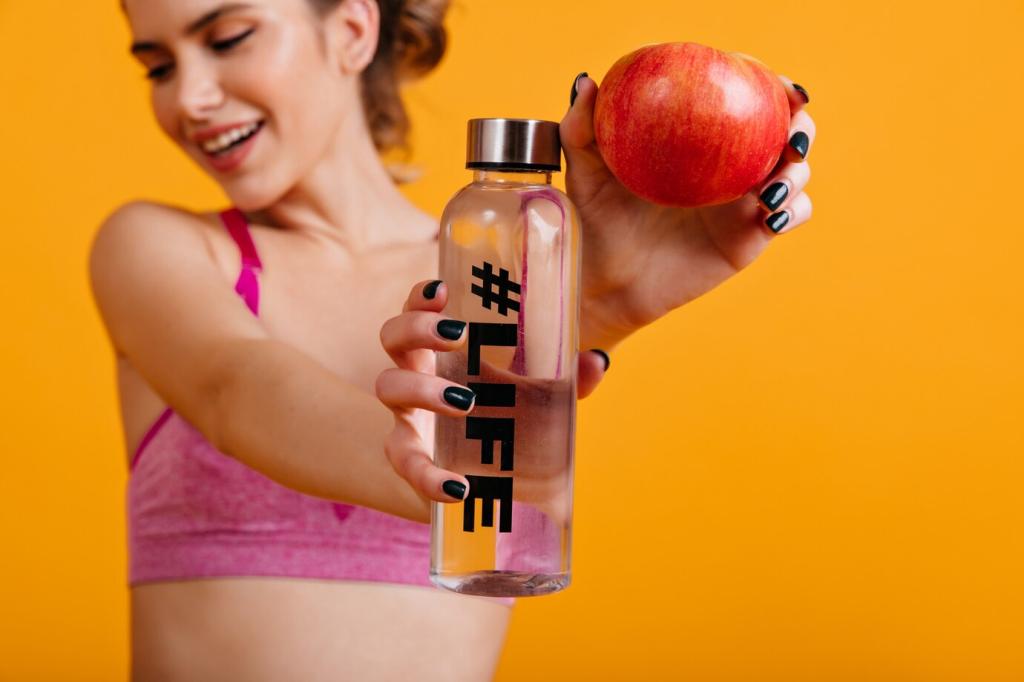Vegan Meal Planning for Athletic Performance
Chosen theme: Vegan Meal Planning for Athletic Performance. Welcome to your plant-powered home base for speed, strength, and stamina. Here you will find science-backed ideas, real stories, and weekly inspiration to fuel every training block. Jump in, leave a comment, and subscribe to get fresh menus, shopping lists, and recovery recipes delivered to your inbox.
Plant-Powered Macros That Move You
For most athletes, aim for roughly 5 to 10 grams of carbohydrate per kilogram of body weight, adjusting to training volume. Build plates around oats, rice, potatoes, pasta, fruit, and legumes. Time higher-fiber choices away from hard sessions to stay light and ready.
Distribute protein across the day, targeting about 0.3 grams per kilogram per meal. Mix complementary sources like lentils with rice, tofu with quinoa, or hummus on whole-grain bread. Soy and seitan offer leucine for muscle repair. Tell us your favorite plant-protein bowl.
Prioritize omega-3 rich foods such as flax, chia, and walnuts, and consider algae-based DHA and EPA. Include some fat to absorb fat-soluble vitamins from colorful vegetables. Pair iron sources like beans or tofu with vitamin C from citrus or peppers to support training.
Training-Day Timing: Before, During, After
01
Two to four hours before, aim for one to four grams of carbs per kilogram with familiar foods. Closer to go time, try a smaller snack like a bagel with jam, banana and peanut butter, or quick oats with maple syrup. Keep fiber and fat moderate before intensity.
02
Sessions under ninety minutes may need only water. Longer efforts benefit from thirty to sixty grams of carbs per hour, up to ninety with mixed sugars. Try rice bars, dates with a pinch of salt, or a homemade drink with orange juice, water, and electrolytes.
03
Target a three to one carb to protein ratio within an hour. Think sweet potato, black beans, kale, and tahini with a side of quinoa. Add iodized salt if you are a salty sweater. Snap your recovery bowl and tag us to inspire the community.

Real Athletes, Real Plates: Stories
A track runner, Mila added beet juice shots for dietary nitrates and built breakfasts around overnight oats topped with berries. Three weeks later, she trimmed forty eight seconds off her 10K. Her tip was simple: repeatable meals beat perfect meals when the stakes are high.

Real Athletes, Real Plates: Stories
Traveling by train across three countries, Diego packed a compact rice cooker, instant oats, peanut butter, shelf stable soy milk, and dates. He ate consistently despite unfamiliar menus and set a personal best power output. What staples live in your travel bag to keep fueling simple?
Seven-Day Vegan Performance Menu Snapshot
Breakfast could be oats with banana, walnuts, and soy milk. Lunch, quinoa with lentils, roasted carrots, and tahini. Snack, hummus and whole-grain pita. Dinner, tofu stir fry with rice and edamame. Adjust portions to hunger and schedule, then report how your legs felt.


Seven-Day Vegan Performance Menu Snapshot
Weigh yourself before and after key sessions to estimate sweat loss. Roughly one kilogram lost equals about one liter of fluid to replace. Aim three hundred to seven hundred milligrams sodium per hour in heat. Try our simple orange juice, water, salt, and maple sports drink.





Habits, Mindset, and Community Accountability
Pack tomorrow’s snacks before bed, set calendar alerts for pre session meals, and keep a visible fruit bowl. Keep recovery shake ingredients grouped together. Align habits with training phases. Share your top three fueling habits and we will spotlight them in the next post.
Habits, Mindset, and Community Accountability
Notice hunger early, plan snacks before long meetings, and use a neutral tone about food choices. One reader reversed burnout by scheduling a carbohydrate plus protein snack daily. Reflection beats restriction. Add your strategies below so others can protect energy and enjoy training.
Join our mailing list
